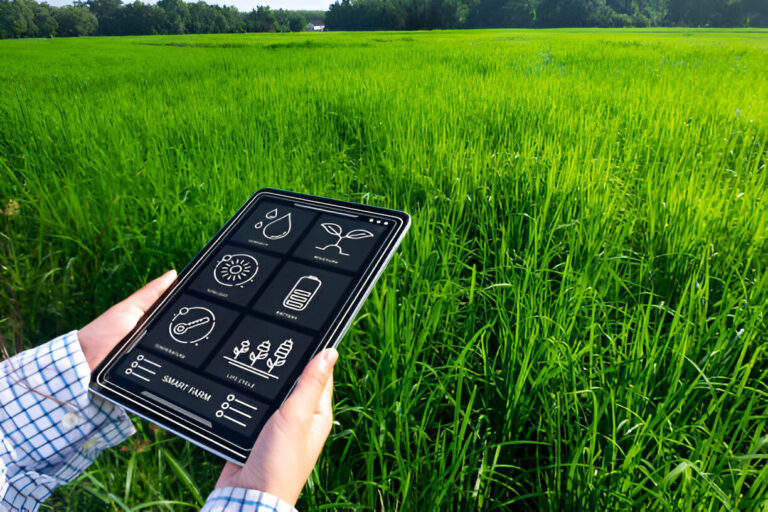Have you ever considered how much water it takes to grow your food? It’s not just about turning on a tap; it’s a delicate balance of giving crops what they need when needed. Today’s farmers are facing major challenges: climate change, limited water supply, and the need to grow more food than ever.
So, how are they doing it? The answer lies in something simple but powerful: water management. From smart irrigation to real-time data tracking, farming is stepping into a future where every drop counts. This article examines how precision in water use is transforming agriculture.
Smart Irrigation Is Changing the Game
Traditional irrigation systems often involved guesswork, flooding entire fields in hopes that crops would get what they needed. But smart irrigation is rewriting that story. These systems use sensors and weather data to understand exactly when and where to water.
Some farms now use drip irrigation, delivering small amounts of water straight to the plant’s roots. This method keeps the soil healthy and avoids water loss from evaporation. Farmers can adjust the water flow based on the crop type or growth stage with better control. This isn’t just smart; it’s efficient, sustainable, and cost-saving.
Real-Time Monitoring Helps Farmers Make Better Choices
Imagine checking your farm’s moisture levels, weather forecasts, and water usage all from your phone. That’s the reality for many farmers today. Real-time data tools help them stay on top of changing conditions and make informed decisions quickly.
Using this technology, farmers can set alerts for when the soil gets too dry or when rain is expected. This prevents overwatering and helps crops grow under the best possible conditions.
Climate-Resilient Crops Need Smarter Water Use
The world’s weather is becoming more unpredictable. In some places, farmers face long droughts; in others, sudden floods. They are turning to crops that can withstand stress to survive these conditions, but even these crops require thoughtful watering.
Precision water use helps manage limited resources wisely. Farmers can stretch their supply in dry areas by delivering just enough water without waste. In wetter zones, smart drainage systems prevent fields from flooding.
Saving Money While Protecting Nature
Efficient water use is good for crops and saves farmers money. Water costs, energy to pump it, and crop loss from bad irrigation all add up. Farmers can reduce bills and increase profits by cutting down unnecessary water use.
At the same time, using less water protects local rivers, lakes, and underground sources. When farms do not overdraw from these systems, the ecosystem remains balanced. Thus, smart farming ultimately supports both business and biodiversity.
The Road Ahead: Smarter, Not Harder
Farming is not just about hard work in the fields but also about smart decisions. Farmers of all sizes can benefit as new tools and data systems become more available. Schools, tech companies, and agricultural experts are working together to train the next generation of farmers to use these tools confidently.
The goal is clear: grow more food with less waste. Precision water use plays a key role in this mission. It shows that with better planning and the right tools, the future of farming can be both productive and sustainable.
Conclusion
The shift toward precision water use is improving farming. From smart irrigation systems to real-time monitoring, farmers are now equipped to make every drop of water count. As the demand for food rises and climate challenges grow, smarter water management will be the key to feeding the future while protecting our planet.

david Miller is an experienced English language expert with a deep passion for helping others communicate effectively and confidently. With a background in linguistics and literature, He provides clear, accessible insights on grammar, writing, and communication strategies. Through well-researched articles and practical advice, David Miller aims to make language learning both inspiring and achievable for readers of all levels.


